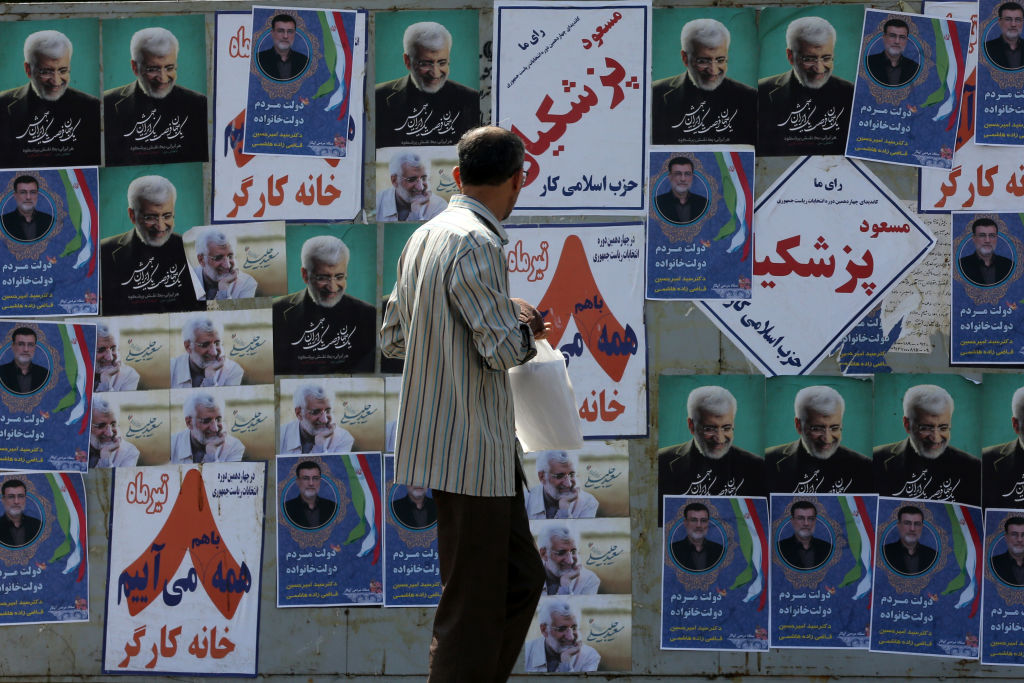The mayor of sunny Boca Raton is throwing shade at New York.
Mayor Scott Singer’s message to locals fuming over the new $9 congestion toll to drive into Midtown Manhattan is to skip the toll and the city altogether — and move to the beachy coastal southern Florida city instead.
“#NYC commuters are paying another tax just for the privilege of driving on congested roads,” Singer said on X, linking to a Post story on the despised new toll championed by Gov. Kathy Hochul and the Metropolitan Transportation Authority.
“How many more reasons do you need to move your business to @CityBocaRaton where our business climate is as sunny as our real climate with our low tax rate!,” the mayor said.
Boca, already home to many New York transplants, has a population of 100,000 residents compared to nearly 9 million in the Big Apple.
It wasn’t only leaders in sunny beach locales who used the first-in-the-nation congestion toll to pitch their own home towns or states as alternatives.
One pitch from New Hampshire state Rep. Joe Sweeney offered chilly New England
“Are you a New Yorker upset about congestion pricing?” Sweeney said, offering up the alleged benefits of a Granite State relocation.
“New Hampshire 100% Income Tax, Capital Gains Tax, Interest & Dividends Tax, Sales Tax, and Congestion Pricing FREE.”
But the Republican had an added request for any Blue State transplants.
“Just leave your voting habits at your New York toll booths,” he pleaded.
“When people from Massachusetts, Connecticut, New York, & other high-tax states move to New Hampshire seeking freedom & prosperity, they largely vote Republican.”
“We stand to benefit from being a beacon of freedom in the Northeast.”
Opponents of congestion pricing have meanwhile blasted the new squeeze on drivers, which is being passed on by some businesses as a “surcharge” to customers within the toll zone.
Queens Councilman Bob Holden said the $9 toll is another policy from liberal politicians driving out residents.
“The government’s job is to make life easier for its residents and businesses, not to drive them away,” Holden said.
Follow along with The Post's coverage of Manhattan's new congestion pricing
- New York has become the most expensive city to drive in when its congestion pricing began Sunday. New Yorkers now must pay $9 to drive below 60th Street during peak hours.
- Some drivers have begun concealing their plates in an effort to avoid the toll. Some residents of the area are saddled with the cost whenever they want to take their car out.
- Businesses, like funeral homes, have begun shifting the cost to customers. Rideshare app Lyft raised its CitiBike prices for New Yorkers hoping to avoid taking a car. The FDNY union and EMT union claim that congestion pricing will slow down their response times, as well.
- Many New Yorkers are skeptical about congestion pricing’s effects, especially after multiple publicized crimes on the subway in recent weeks. Drivers are expected to dump their cars above the zone, making parking more difficult uptown.
“With Tyrant [Gov. Kathy] Hochul and the lunatics in Albany pushing policies like the congestion scam tax and crushing businesses with high taxes, it’s no surprise cities like Boca Raton are offering a better deal.”
Hochul and the MTA claim the new toll slapped on motorists entering Manhattan south of 60th Street will curb traffic and bolster mass transit service, with revenues feeding the flailing transit agency’s capital plan. The fee went into effect Sunday.
New York State’s population shrunk the past five years, hemorrhaging residents during the COVID-19 epidemic.
But it bumped up by 130,000 last year, thanks to the record-breaking influx of migrants.
Still, the long-term trend lines don’t bode well for New York.
New York state’s population could plummet by more than 2 million people by 2050 – a drop of more than 13%, a Cornell University study released last fall claimed.
If the trend continues, New York could lose two more House seats — and clout in Congress — following the 2020 Census count.
The population is projected to shrink markedly because of lower birth rates and aging and dying residents, according to the Cornell report.

 By New York Post (Politics) | Created at 2025-01-07 21:16:50 | Updated at 2025-01-08 17:53:19
20 hours ago
By New York Post (Politics) | Created at 2025-01-07 21:16:50 | Updated at 2025-01-08 17:53:19
20 hours ago








